As I’ve progressed along this journey I’ve focused on the shin, soe, and hikae of a fairly straightforward moribana-style arrangement, and the low natural shapes and textures of a rougher natural arrangement. For this one, I wanted to focus on the concept of “unbalanced balance”, weighting something off-centre while still evoking a feeling of pleasant balance.
Magnolias are one of my favourite flowers. Honestly, I’ve never met a flowering tree I didn’t love. Magnolia, dogwood, cherry, plum, forsythia, lilac – you name it. If it blossoms on branches it’s more than fine with me! The magnolias in this arrangement were taken (with permission!) from a huge tree in the front court of my local library. They did look at me a little strangely when I asked, but we have to make sacrifices for our art, right?
I wanted to emphasise the raw, natural forms of the branches and the visual repetition of the blossoms, so I chose a fairly simple but interestingly textured little glass vase. I then coaxed the branches into shape slightly, but I preferred to work with them rather than against them, and let their curves and lines guide me. I actually arranged this and let it “settle” for a day before taking the photos, both to encourage the blooms to open slightly and to ensure that the branches were in a natural and pleasing shape. The fact that they ended up looking vaguely fan-shaped was an unintentional but happy occurrence. I placed them on the mantel, leaning towards the window as if to soak up the warm spring sun and they look quite at home here. Overall, I think this was a fairly successful arrangement. I’m not entirely sure I got the balance ideal, but I will continue to practice and read and learn as I go.


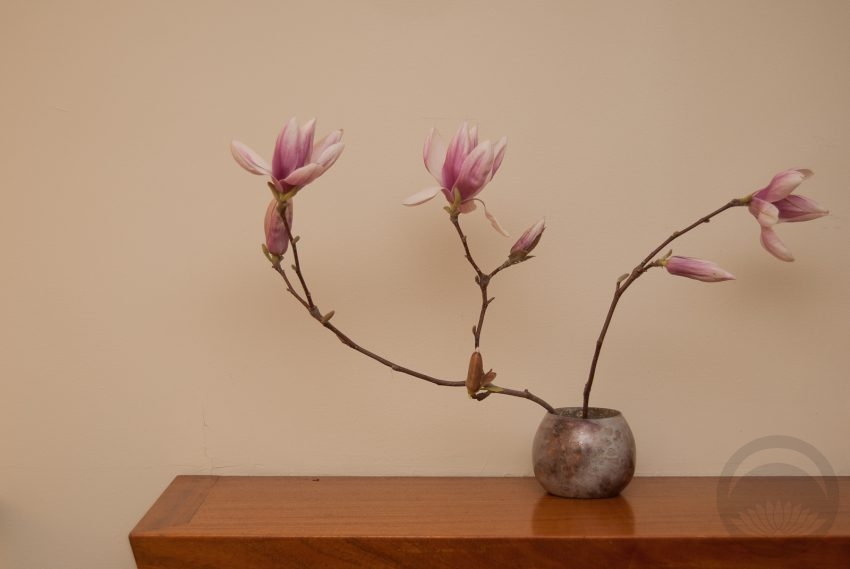
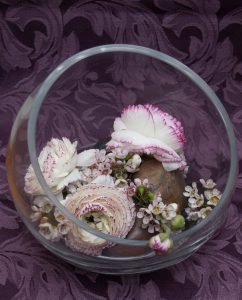
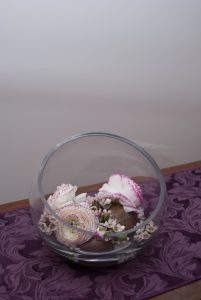
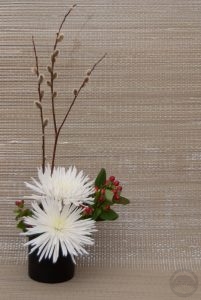
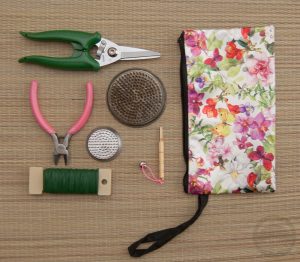
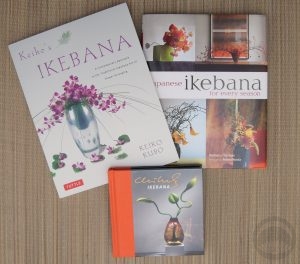
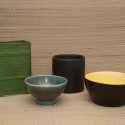
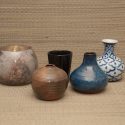
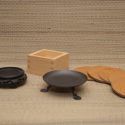











 Bebe Taian
Bebe Taian CHOKO Blog
CHOKO Blog Gion Kobu
Gion Kobu